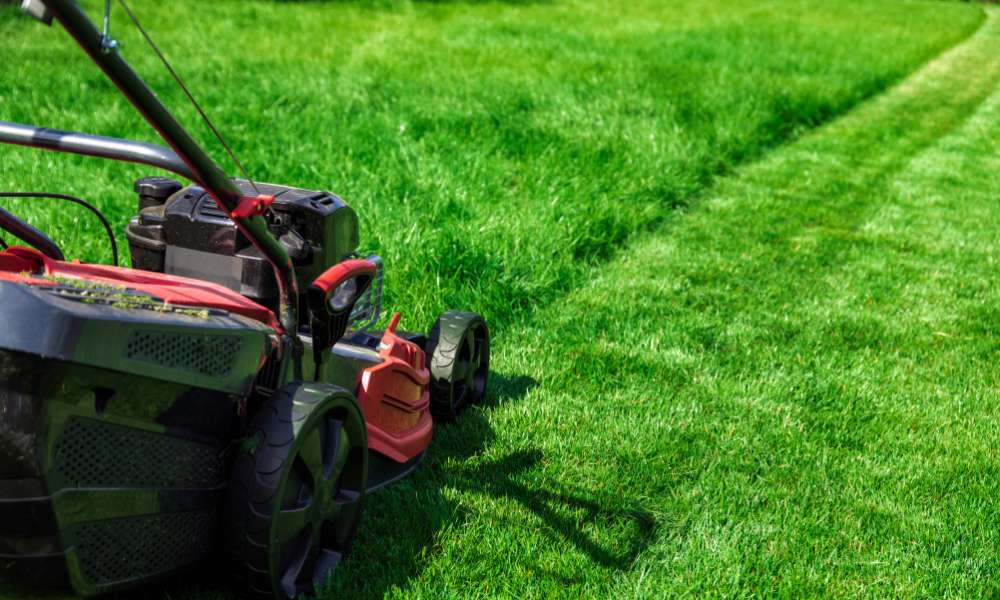Mastering how to mow a lawn is not just about keeping your yard looking neat; it’s about understanding the benefits of regular lawn maintenance and recognizing the key factors that contribute to a healthy, vibrant garden. Whether you’re a first-time homeowner or looking to refine your lawn care skills, learning the proper way to mow a lawn can significantly enhance your outdoor space’s appearance and health. This guide will delve into the essentials of yard mowing, highlighting why it’s important, the advantages it brings to your garden, and how you can efficiently and effectively undertake this task. With our focus on ‘How To Mow A Lawn,’ you’ll discover practical tips and strategies to make your yard the envy of the neighborhood.
What Height Should I Set My Lawnmower Blades To?
The height at which you should set your lawnmower blades depends on several factors, including the type of grass you have, the season, and your desired yard appearance. In general, it is recommended to set your lawnmower blades higher during the warmer months to promote deeper root growth and better tolerance to drought. For cool-season grasses, a cutting height of 2.5 to 3.5 inches is typically ideal, while warm-season grasses may benefit from a slightly lower cutting height of around 1.5 to 2.5 inches.
How Often Should I Mow My Lawn?
The frequency at which you should mow your lawn depends on various factors such as the type of grass, weather conditions, and the season. In general, most experts recommend mowing your lawn once a week during the growing season to maintain its health and appearance. However, during periods of rapid growth or rainy weather, you may need to mow more frequently to prevent the grass from becoming too long.
Should I Mow When The Grass Is Wet Or Dry?
It is generally recommended to mow the grass when it is dry rather than wet. Mowing wet grass can lead to a less precise cut and clumping of grass clippings, which can smother the lawn and hinder healthy growth. Additionally, wet grass blades are more prone to tearing rather than being cleanly cut, which can leave the yard vulnerable to disease and pests.
Understanding Grass Types
Different grass types have unique characteristics that impact their growth and maintenance requirements. For example, Bermuda grass is known for its drought resistance and ability to withstand high foot traffic, making it a popular choice for lawns in warm climates. On the other hand, Kentucky bluegrass thrives in cooler regions and offers a lush, thick carpet-like appearance when properly maintained.
Proper Disposal Of Clippings
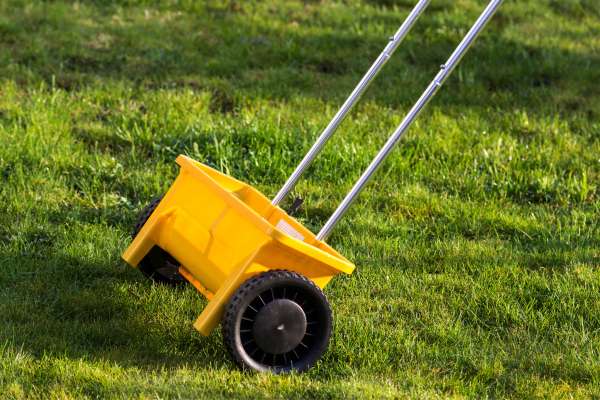
Disposing of lawn clippings properly is more than just a tidying task; it’s an opportunity to benefit your lawn and the environment. While it might be tempting to bag all the clippings, leaving some to decompose on the yard can serve as a natural fertilizer, returning essential nutrients back into the soil. This process, known as grasscycling, not only reduces waste but also promotes a healthier yard. However, when grass is overly long, collecting clippings to prevent thatch buildup becomes necessary. Furthermore, these clippings can be composted, turning them into a nutrient-rich soil amendment for your garden, thus embracing a cycle of sustainability with every mow.
Mowing Techniques
1. Proper Height Setting
Understanding the proper height setting is crucial when you’re figuring out how to mow a lawn. Setting the mower at the correct height can make a significant difference in the health and growth of your grass. The ideal height depends on the type of grass you have but generally, cutting it too short can weaken grass, making it more susceptible to pests and diseases. On the other hand, leaving it too tall can lead to an untidy appearance and can harbor pests. A good rule of thumb is to never remove more than one-third of the grass blade length in a single mowing session. This technique encourages stronger root growth, leading to a more resilient and healthy land.
2. Overlapping Passes
Overlapping passes slightly can ensure that you don’t miss any strips of grass. This is a simple yet effective technique that can enhance the uniformity and aesthetic appeal of your land. Overlapping each pass by a few inches prevents uneven growth and ensures a consistently trimmed yard. It’s a small step that can make a big difference in the overall appearance of your yard, showing that you know how to mow a lawn professionally and attentively.
3. Alternating Patterns
Alternating the pattern in which you mow your lawn each time can prevent the grass from leaning in one direction and promote more upright growth. This practice not only contributes to the lawn’s health but also adds a visually appealing striped effect. By changing your mowing pattern—whether it’s switching between straight lines, diagonals, or checkerboard patterns—you avoid compacting the soil in the same places and reduce the risk of creating ruts. Alternating patterns is a pro tip that underscores your mastery of how to mow a lawn and demonstrates a commitment to maintaining a lush, attractive landscape.
Ensuring An Even Cut Across The Lawn
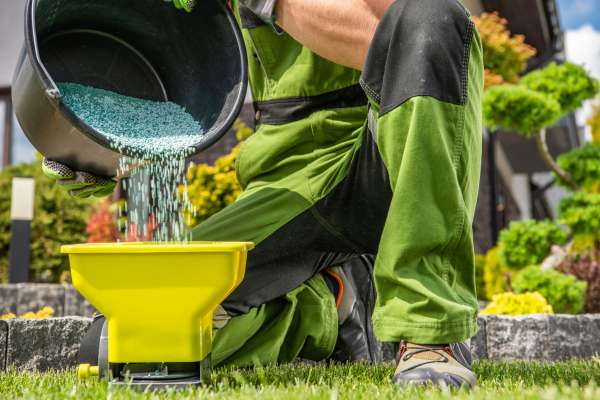
To achieve a pristine yard, ensuring an even cut across your turf is crucial. Start by checking your mower’s blade height, setting it to the recommended length for your grass type. Consistency is key when you mow a land, as uneven lengths can lead to an unhealthy and aesthetically displeasing yard. It’s important to mow when the grass is dry, as wet grass can clump and result in an uneven cut. Regularly sharpening your mower blades also contributes to a clean, consistent cut, preventing tearing that can leave your yard vulnerable to pests and diseases.
Turning The Mower Efficiently
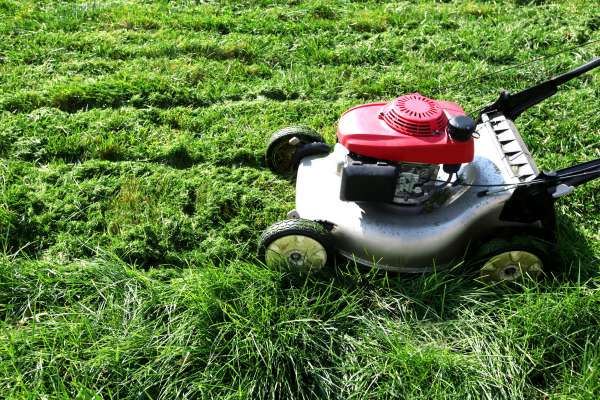
Dethatching a lawn’s turning efficiency becomes even more crucial. Overlapping rows while dethatching helps remove built-up thatch effectively, but this can be challenging if you struggle with turning your mower efficiently. By focusing on maintaining a consistent speed and angle during each turn, you can ensure thorough coverage and maximum removal of thatch from your land. Remember that proper turning technique not only improves the aesthetics of your lawn but also promotes its overall health by allowing nutrients to reach the soil more effectively.
Dealing With Mower Stalls

Mower stalls can be frustrating and hinder your progress when you’re trying to mow a lawn. If your mower stalls, turn it off and check for common issues like a clogged blade or a full grass catcher. Always ensure the mower is off and the spark plug is disconnected before attempting to clear any clogs. Regular maintenance, such as cleaning the air filter and ensuring fresh fuel, can help prevent stalls and keep your mower running smoothly.
Using An Edger For Clean Edges
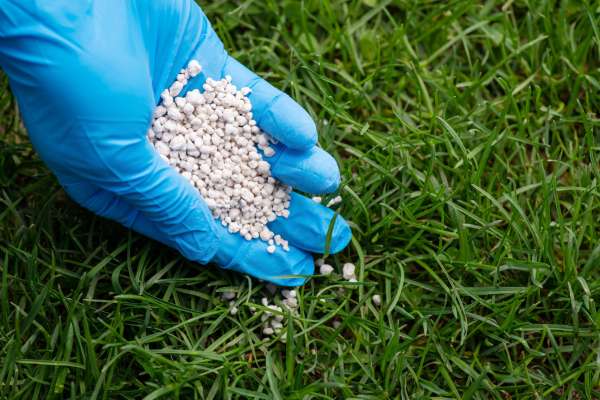
Using an edger for clean edges is a key step in achieving a polished and professional-looking lawn. The precise cuts made by an edger help to define the borders of your yard, creating a neat and tidy appearance. By cleaning up the edges regularly, you can prevent the grass from encroaching onto pathways or flower beds, maintaining a well-maintained and structured landscape.
Proper Watering Schedule
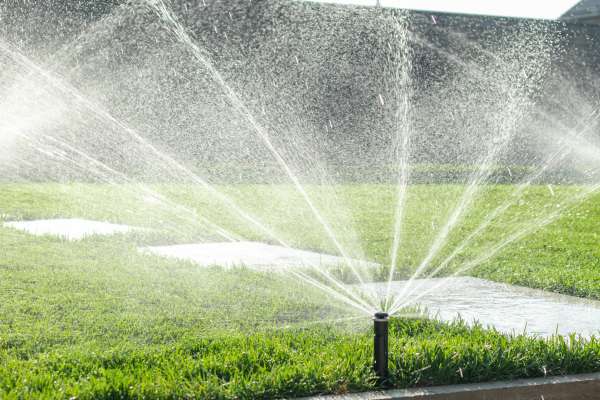
Proper watering is crucial for maintaining a healthy lawn. To determine the best watering schedule, consider factors like the type of grass, soil drainage, and local climate conditions. A general rule of thumb is to water deeply but infrequently to encourage deep root growth and drought tolerance. Avoid shallow watering that promotes weak root systems and weed growth.
Addressing Challenges In Cold Climates
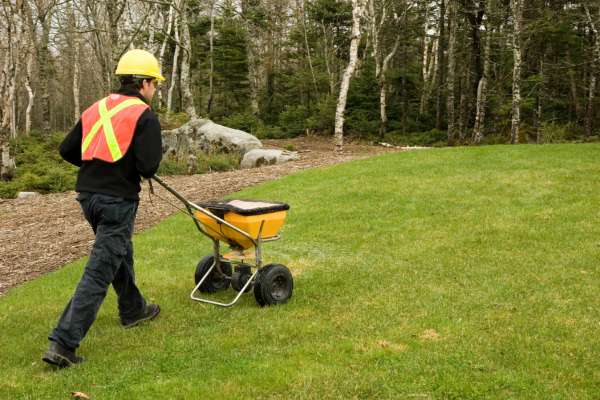
Addressing challenges in cold climates requires a meticulous approach to lawn maintenance, especially when it comes to mowing. One key consideration is the grass type, as not all varieties thrive in cold conditions. Opt for cool-season grasses like Kentucky bluegrass or fine fescue that are better suited for low temperatures. Additionally, adjust your mowing height lower during the fall season to prevent snow mold and other issues caused by long grass in winter.
The Final Thought
Proper lawn mowing is essential for maintaining a healthy and attractive yard. By following the steps outlined in this article, you can ensure that your lawn stays well-kept and lush throughout the season. Remember to adjust the cutting height based on the grass type and weather conditions to promote optimal growth. Regular mowing not only enhances the visual appeal of your property but also contributes to the overall health of your lawn. Take pride in your outdoor space and dedicate time to mow your lawn with care and precision for a beautiful and thriving landscape. Start implementing these tips today for a well-manicured yard that will be the envy of your neighborhood.
